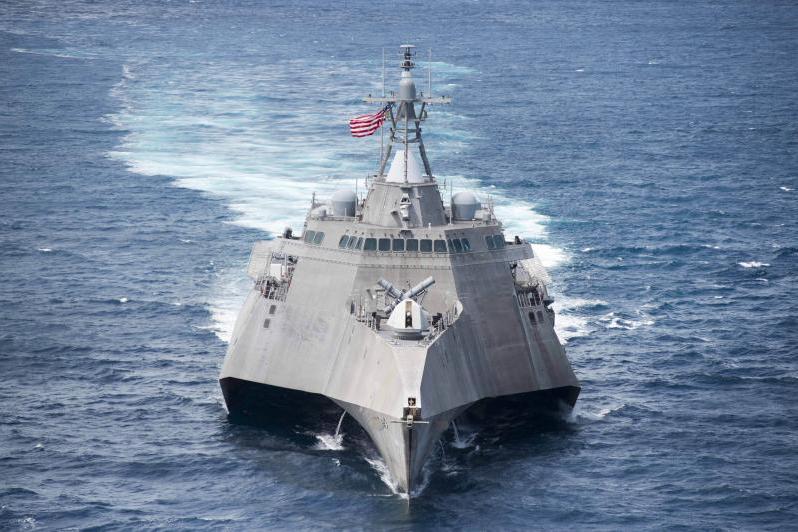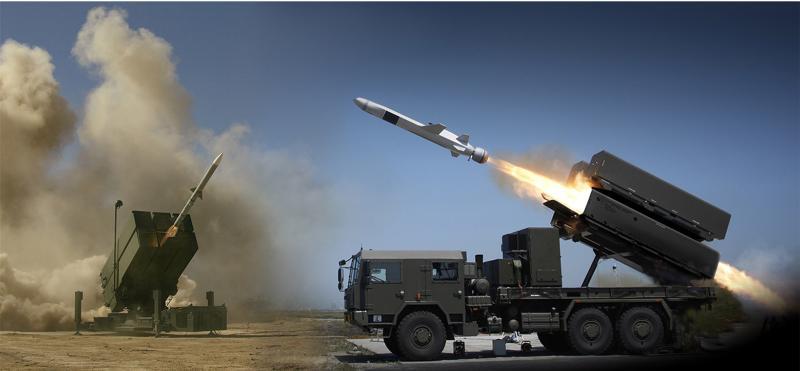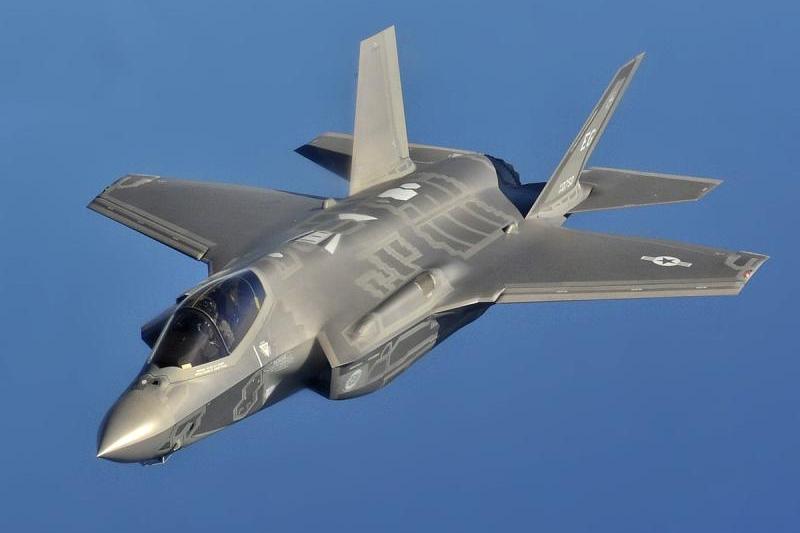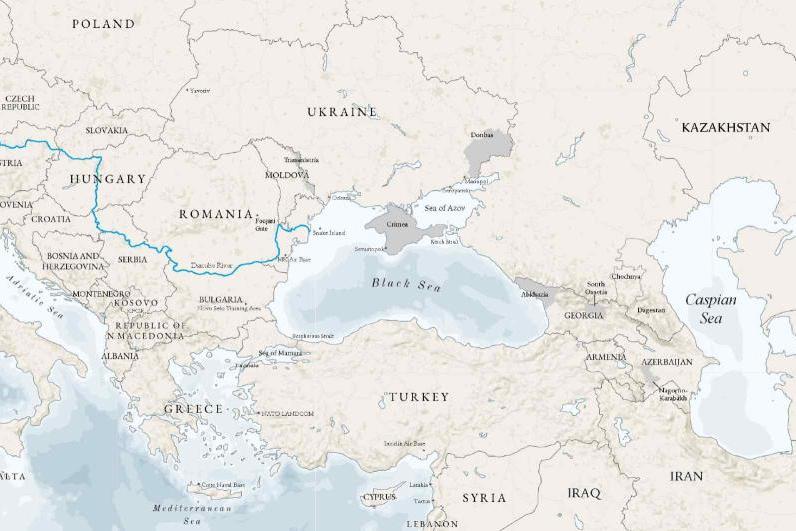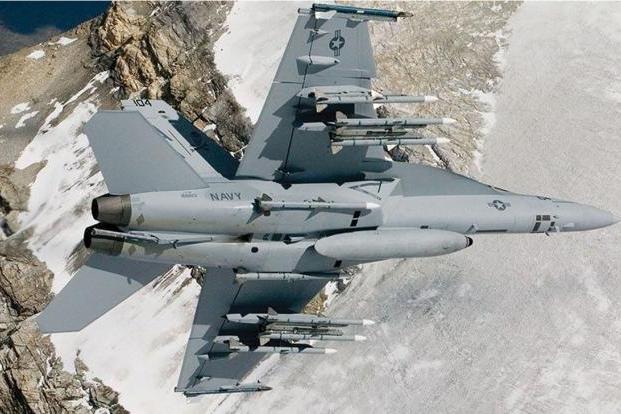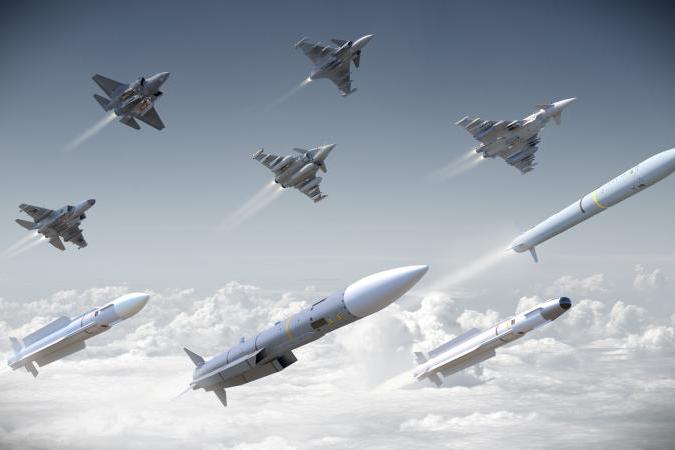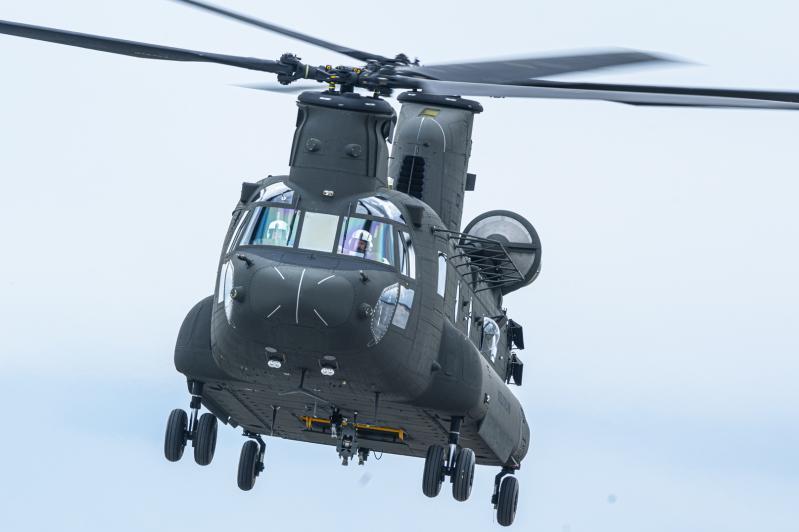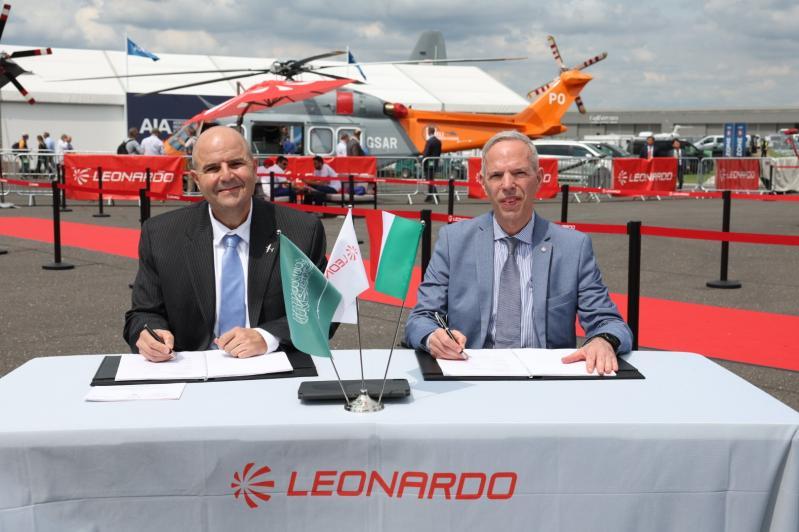New study for more accurate satellite navigation
Satellites provide crucial data on climate and environmental changes every day. The European Global Navigation Satellite System Agency GSA has now commissioned RUAG Space to conduct a study to increase the accuracy of real-time satellite navigation.
For climate and environmental research, satellites provide extremely important data every day, such as how high sea levels are rising or what effects global warming is having on glacier ice shrinkage in the Alps.
A new study aims to further increase the accuracy of this space data from climate and environmental satellites. To make this possible, the Prague-based European Global Navigation Satellite System Agency (GSA) awarded a one-million-euro research contract to RUAG Space earlier this year. Headquartered in Zurich, the leading aerospace supplier in Europe is also one of Austria's largest space technology companies, with its headquarters in Vienna.
To provide precise Earth observation data from space, the satellite's position in space must be known as accurately as possible. To determine the exact position of satellites, RUAG Space's navigation receivers today use the signals from the 22 European Galileo navigation satellites. "Currently, there is still untapped potential in the Galileo satellites. They transmit several signals. On one of these signals, a new service, the High Accuracy Service (HAS), will support significantly improved positioning from 2022," explains Martin Auer, who is leading the study at RUAG Space. "When this new service goes into operational use, it will need equipment that can do something with it. That's what we're working on." By the end of 2022, RUAG Space will develop a new product in Vienna that will be able to use the new Galileo HAS service.
However, navigation receivers from RUAG Space that process Galileo signals already ensure precise positioning. These include the Sentinel-6 environmental satellite, which has been in space since November 2020. It measures the amount of sea level change and provides crucial data on coastal areas at risk from sea level rise. "The more accurate the satellite's position can be determined, the more precise the environmental data it collects and provides. With the more accurate data, for example, the danger to coastal cities such as Venice can be predicted more effectively" declared Fiammetta Diani, Head of Market Development at GSA.
RUAG Space is developing a software update for navigation receivers of the current PODRIX receiver generation already in space, such as those used for Sentinel-6. This will enable these receivers to increase the accuracy of satellite positioning from the current level of about one meter to 20 centimeters. “This is a dramatic improvement – a quantum leap – in accurate satellite positioning that will contribute to much better climate and environmental data," says Heinz Reichinger, the product manager responsible at RUAG Space.

